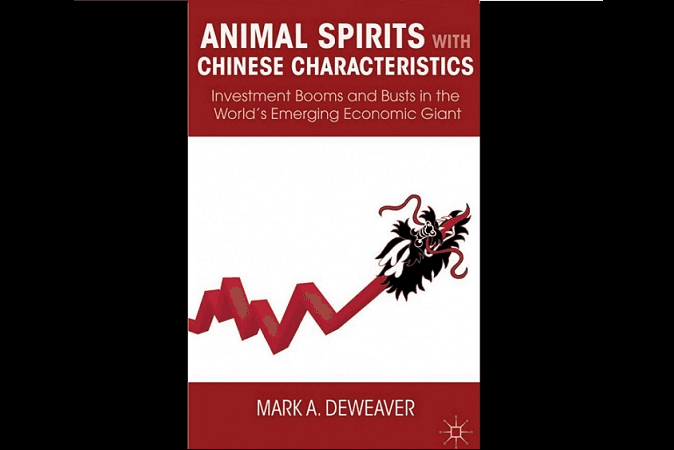Another book written in 2012 that too few people paid attention to. If they had, they could have easily predicted and avoided the current troubles in China. From the inevitable overinvestment, to environmental destruction, to the futility of monetary policy and the chronic lack of innovation, Mark DeWeaver covers it all—in history, in theory, and in modern-day (mal)practice.
The biggest myth he dispels about the Chinese economy is that it’s socialist in name only and run by private enterprises big and small alike.
“Perverse incentives at the local government level continue to be the underlying drivers. Neither extinct nor even endangered, the animal spirits of the Maoist era are still thriving more than thirty years after the introduction of China’s ’reform and opening' policy in 1978.”





